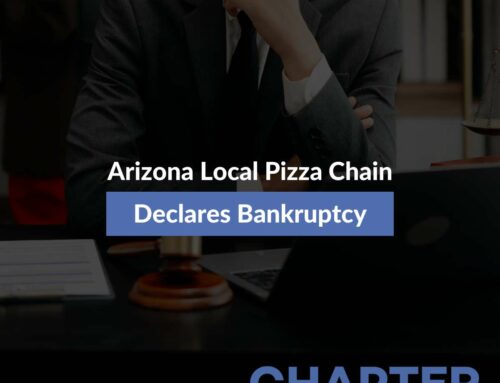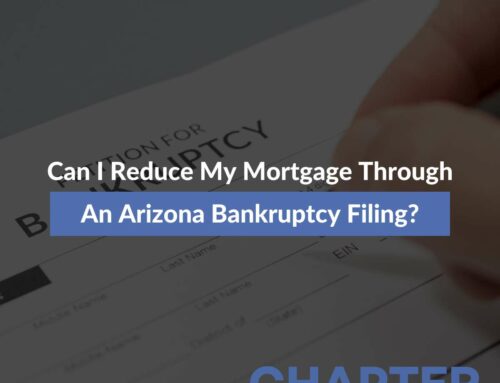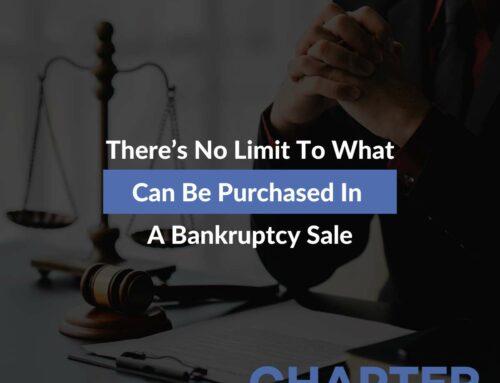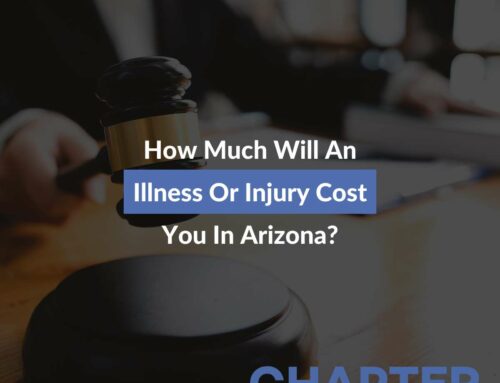On March 27, 2020, the Coronavirus Aid, Relief, and Economic Security Act, or CARES Act, was passed to combat the negative financial impact of the COVID-19 pandemic. The CARES Act created PPP and EIDL loans to help businesses and companies keep from going under due to unforeseen and extraordinary financial circumstances. The dust is finally starting to settle from the pandemic, and it’s becoming more clear which businesses are going to survive in the long term. Business owners that are struggling to stay afloat may be ready to toss their hands up and declare bankruptcy. For your free consultation with an experienced member of our Arizona bankruptcy attorneys, call 480-448-9800.
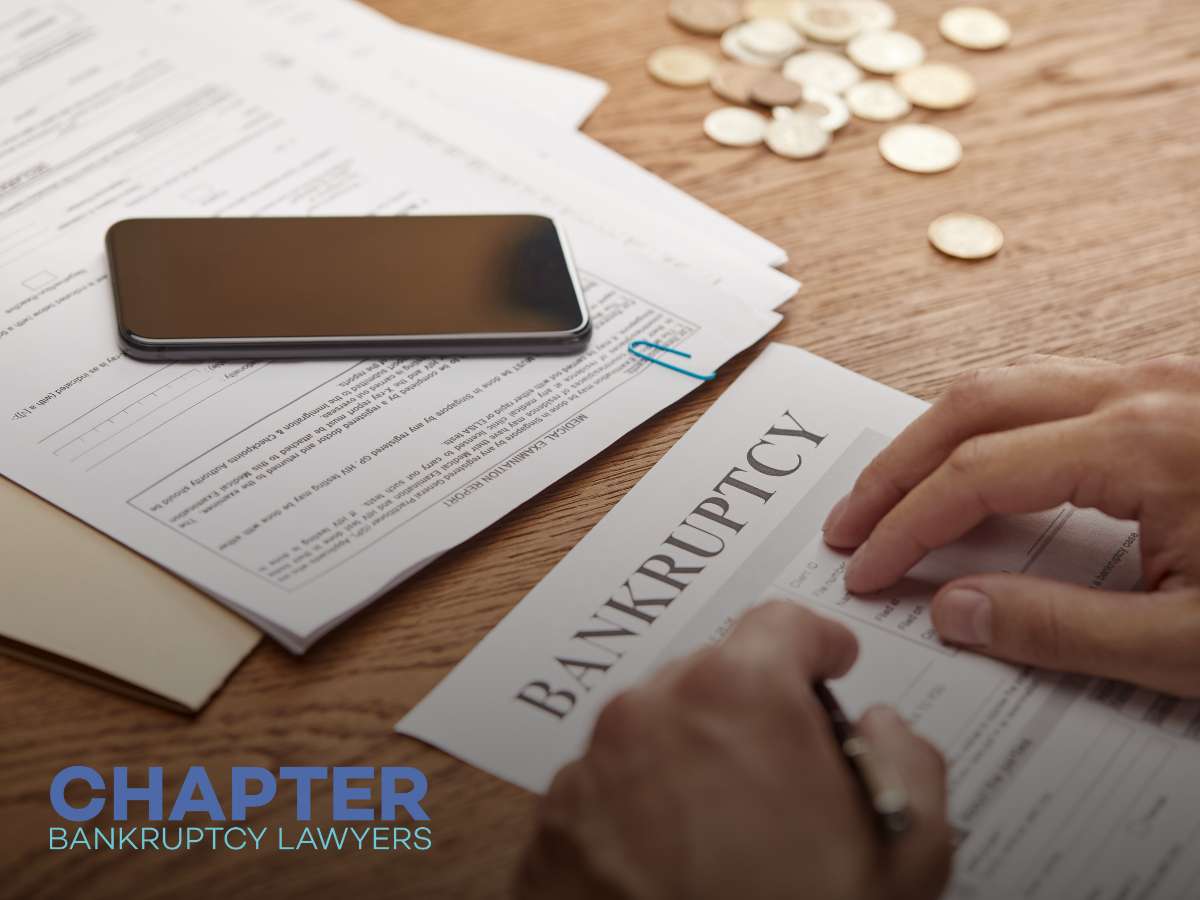
What Are EIDL Loans?
An EIDL loan is an Economic Injury Disaster Loan. Those who qualified for EIDL loans could borrow up to $2 million, payable over 30 years. The interest rate for an EIDL loan can’t exceed 4 percent. They are meant to be used by business owners in disaster areas that can’t pay their operating expenses. EIDL loans can be separate from SBA loans, which can be used for property damage rather than operating expenses. However, the maximum amount the borrower can withdraw between both types of loans is $2 million, and the borrower won’t be approved if they can get sufficient funds from SBA loans and other sources. EIDL loans must be requested within 9 months of the applicable disaster declaration. That means the last day to request a COVID-19 EIDL loan was December 31, 2021. During COVID-19, there was an additional provision of $15,000 in grants for approved businesses. You can find a list of other officially-declared disasters as approved by the SBA here.
EIDL loans of $25,000 or more require collateral from the borrower. The borrower can use assets besides real property as collateral if the loan is less than $200,000, but only if the borrower has these assets available. Loans of $200,000 or more require the borrower to put up their primary residence as collateral.
What Are PPP Loans?
PPP loans are loans from the Paycheck Protection Program. The application period for PPP loans closed in May 2021. PPP loans were meant to help businesses recuperate lost operating costs from the pandemic, as well as maintain payroll. One of the reasons that PPP loans were so valuable is because they offered a fixed interest rate of 1 percent. Loans given before June 5, 2020, matured in 2 years, while loans were given after that date matured in 5 years. Unlike some EIDL loans, PPP loans didn’t require the borrower to offer real or personal property as collateral. But one of the most important facets of PPP loans is that they were forgivable.
PPP loans were only available to small businesses, generally classified as those with less than 500 employees. For the second draw of PPP loans, the company had to have fewer than 300 employees and be able to prove decreased revenue of at least 25% in at least one quarter of 2020.
Certain standards must have been met for PPP loans to be forgivable. The period of 8 to 24 weeks after taking out the loan will be reviewed for these factors. First of all, the business owner must be able to show that they maintained staffing and compensation levels after receiving the loan- after all, PPP loans were designed to protect employees’ paychecks. Secondly, the business owner must be able to show that the funds from the loan were spent on business expenses, including payroll. Third, at least 60% of the loan must have been spent only on the payroll. The business owner must apply for forgiveness before the loan matures. Additionally, the forgiveness process must be initiated within 10 months of the “covered period,” or 8 to 24 weeks after the loan is distributed.
Can You File Bankruptcy If You Have These Types Of Loans?
PPP loans and EIDL loans of less than $25,000 don’t require collateral, which makes them unsecured. Unsecured debts are the easiest to discharge in both Chapter 7 and Chapter 13 bankruptcy. If a borrower has a lien on one of their assets from an EIDL loan, it makes the bankruptcy discharge process a little bit more difficult. Filing bankruptcy doesn’t wipe out liens, which are secured debts. The debtor will either need to extinguish the lien before filing bankruptcy or pay the lien off in a Chapter 13 bankruptcy- although this type of bankruptcy isn’t available for all small businesses.
Options For EIDL Loans With Collateral
Bankruptcy might not be a viable option if a business owner has significant EIDL loans with property, especially real property, attached as collateral. However, there are options for affected business owners that are facing financial hardship. First of all, the SBA offered a deferment period of 30 months to continue the economic devastation of the COVID-19 pandemic. The deferment is offered to loans issued from 2020 through 2022. However, EIDL loans will continue to accrue interest during a deferment period.
The SBA also offers hardship accommodation plans for EIDL loan borrowers struggling to repay the balance. This program lets EIDL borrowers make reduced payments for 6 months. The minimum amount must be at least 10% of their normal monthly payment, with the minimum payment being $25 per month. The borrower has the option to make payments of more than 10% of the regular amount of their own volition. While the borrower is meant to resume normal payments after the 6-month hardship period, the borrower can apply for a hardship extension if necessary. The hardship period will be extended to the extent required under the borrower’s specific circumstances.
Bankruptcy & PPP Loans
Chapter 7
PPP loans are unsecured. That means they are dischargeable in Chapter 7 bankruptcy. However, a business that declares Chapter 7 bankruptcy must permanently shut down. A business owner who wishes to continue operation but not pay their PPP loan must use the loan forgiveness process to accomplish that goal. When a business doesn’t have many assets, the borrower may have a loophole. The debtor can close their business for bankruptcy and open the business under a new (or similar) name after discharging unsecured debts.
Chapter 13
The only chance a small business has of qualifying for Chapter 13 bankruptcy is if it is a sole proprietorship. Chapter 13 allows a debtor to pay off debts in four categories: bankruptcy fees, secured debts, priority debts, and unsecured debts. They will be paid off in that order, and unsecured debts don’t need to be paid in full if the debtor doesn’t have sufficient income. The payment plan will last either 3 or 5 years. Sole proprietors with an EIDL could theoretically pay off a lien using Chapter 13 bankruptcy. A small business owner that doesn’t qualify for Chapter 13 bankruptcy may want to consider a small business Chapter 11 bankruptcy.
Contact Our Arizona Bankruptcy Lawyers For All Of Your Questions Regarding SBA Loans & Bankruptcy
avigating the best way to deal with your PPP loan or EIDL can be complicated, and mistakes in the process can be expensive and damage the business you’ve worked so hard to build. However, bankruptcy could be a great way to reset your finances and move forward with less debt and a hopeful future. Having an experienced legal professional guide you through these decisions regarding bankruptcy and your business doesn’t have to be expensive. At Chapter Bankruptcy Lawyers, we offer affordable rates and financing for eligible clients that allow them to pay after their cases have been filed. We are so confident in our services that we offer our initial consultations free of charge. To ask all of your questions regarding bankruptcy and SBA loans, as well as to learn more about our unbeatable legal representation with financing options, contact us through our online form or call us at 480-448-9800 today.
Chapter Bankruptcy Lawyers
Mesa Office
3707 E Southern Ave
Mesa, AZ 85206
Phone: 480-405-1010
Email: [email protected]
Tempe Office
4500 S Lakeshore Dr #300
Tempe, AZ 85282
Phone: 480-562-6145
Email: [email protected]



